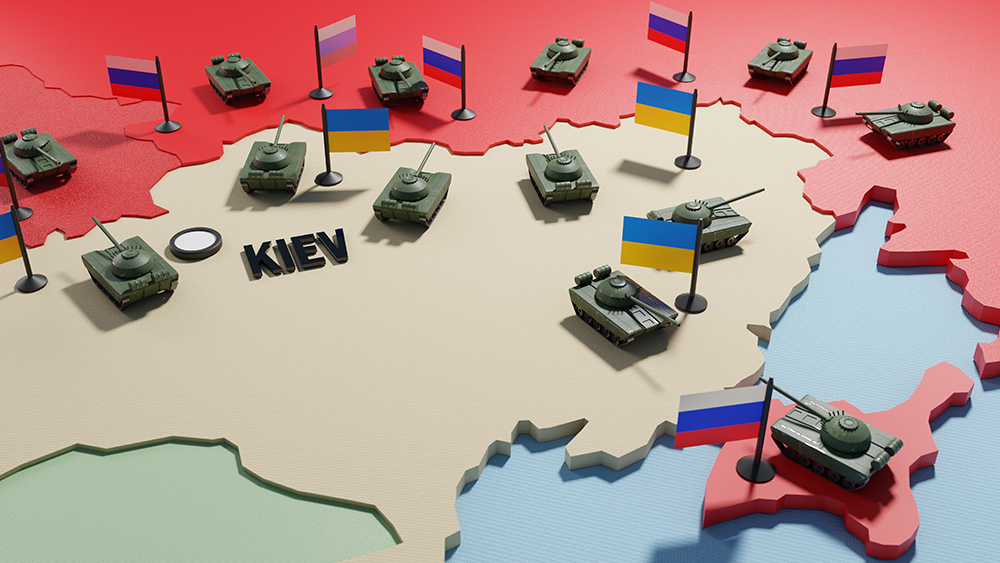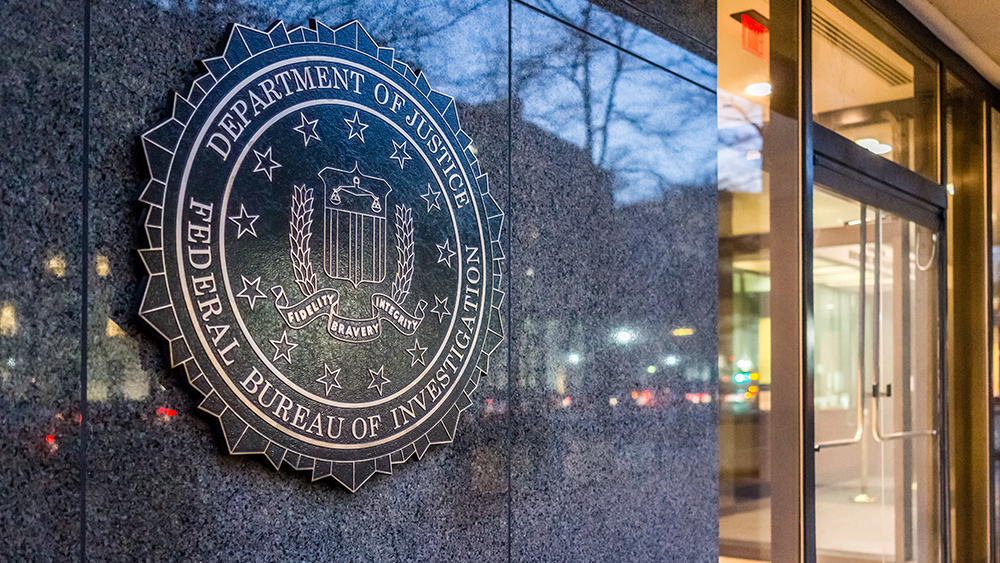 Parler
Parler Gab
Gab
EU pushed back against calls to seize all frozen Russian assets
What to do with the frozen Russian assets has been a subject of hot debate, with the U.S. proposing seizing them completely. However, the EU has pushed back, partly out of concerns that other major international investors might lose trust in the European Union. Russia has said that seizing the money would constitute a violation of international law as well as theft, in addition to compromising trust in western currencies. In addition, Russian Finance Minister Anton Siluanov warned earlier this year that if frozen Russian assets are indeed seized, they will retaliate. It is estimated that the total amount of foreign direct investments in the Russian economy by the European Union, G7 nations, Switzerland and Australia amounted to $288 billion at the end of 2022. European Commission President Ursula von der Leyen applauded the move, stating: “There could be no stronger symbol and no greater use for that money than to make Ukraine and all of Europe a safer place to live.” Ukrainian Prime Minister Denys Shmyhal and other Ukrainian officials have called on the European Union and G7 nations to go further, confiscating all of the assets and giving to them to Ukraine to use for its defense and recovery. The U.S. has recently made some moves toward directly seizing Russian assets, but it is believed that they are unlikely to do so without first getting approval from other Western nations. Nevertheless, President Biden recently signed legislation that would allow him to seize Russian foreign exchange reserves in the U.S. as part of the Rebuilding Economic Prosperity and Opportunity for Ukrainians Act. A task force has identified more than $5 billion belonging to the Russian central bank in the American banking system. Sources for this article include: RT.com Politico.eu Axios.comFemale athletes PUSH BACK against transgender inclusion in women’s sports
By Laura Harris // Share
UN General Assembly backs Palestine’s bid for FULL MEMBERSHIP
By Richard Brown // Share
Governments continue to obscure COVID-19 vaccine data amid rising concerns over excess deaths
By patricklewis // Share
Tech giant Microsoft backs EXTINCTION with its support of carbon capture programs
By ramontomeydw // Share
Germany to resume arms exports to Israel despite repeated ceasefire violations
By isabelle // Share










